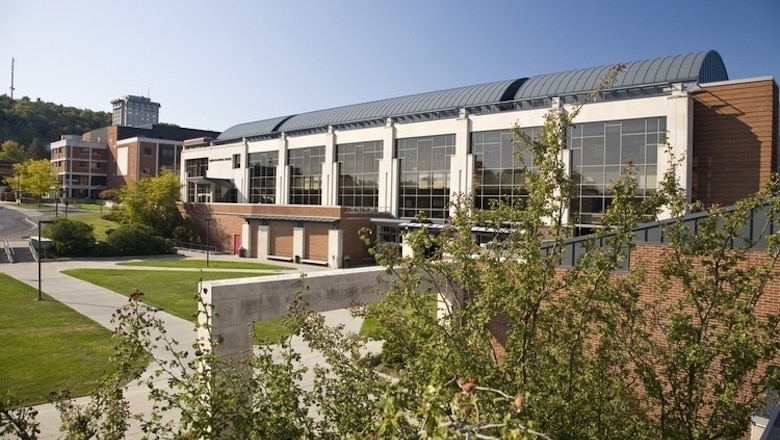Posts tagged: ventilation
COVID-era building operations have included suggestions such as increasing filtration or ventilation rates “as much as systems will allow.” But as the colder weather approaches, how will facilities manage energy use—and costs?
MoreThe coronavirus pandemic is the largest global health crisis of the past century. The American death toll hit a terrifying 100,000 milestone on May 27, 2020. While the curve is gradually flattening and businesses are reopening, history shows that resurgences can create new waves of outbreaks, leading to more periods of shutdown and delayed economic recovery. What can schools do to prevent the spread of coronavirus via HVAC maintenance and behavior change initiatives?
MoreCoronavirus has left buildings on campus vacant in places that were designed to be operating 24/7. When spring turns to summer and heat and humidity kick in, do you have a transition plan to prevent maintenance issues on campus? Are you staying ahead of potential health hazards associated with stagnant water?
MoreOver more than 200 years, one Ivy League medical school has launched some of the most important discoveries in history. Now it’s investigating ways to make its campus buildings perform better and use less energy...much like the squirrels they study.
MoreAmidst a paradise of waterfalls, gorges, and the Finger Lakes, Ithaca College is taking steps to preserve its natural surroundings through a commitment to 100% carbon neutrality by 2050. One of the first steps: cut energy use on campus.
MoreQuestion: What do you get when you combine a green bank, a utility provider, an energy solutions provider, and a university? The answer: modernized HVAC and lighting controls, reduced greenhouse gas emissions, and substantial ongoing energy cost savings.
MoreFaced with the prospect of a $2+ million investment in converting their heating system, it would have been easy to justify narrowly defining the project scope in an effort to minimize capital expense. Instead, MSPCA had GreenerU take a holistic look at the medical center’s energy systems and develop a plan that would best serve the facility for the next 50 years.
MoreFord Hall, a science laboratory building, was one of the top energy users on the Smith College campus. GreenerU helped to calibrate laboratory ventilation while balancing air quality, addressing environmental safety concerns while lowering energy use.
MoreThanks to $62,000 in utility incentives and a number of improvements, the climate is under control at 133 W 21st Street.
More80,000 Screaming Eagles sold per year. 714 calories per sandwich. 14,300 students on campus. $63,445 in utility incentives. And $121,000 in annual energy savings, thanks to ventilation improvements at one of Boston College’s busiest dining halls.
More









